The oceans of prehistoric times were teeming with a multitude of fascinating and fearsome creatures. Among these, the Megalodon often takes the spotlight thanks to its massive size and terrifying reputation as one of history’s largest predators. However, there existed an ancient shark known as *Helicoprion* that, while not larger, was monstrous in its own unique way with a peculiar and fearsome dentition that contrasts sharply with anything found in modern seas. In the following sections, let’s explore this prehistoric predator that made even the ferocious Megalodon look ordinary.
Unveiling the Mystery of Helicoprion
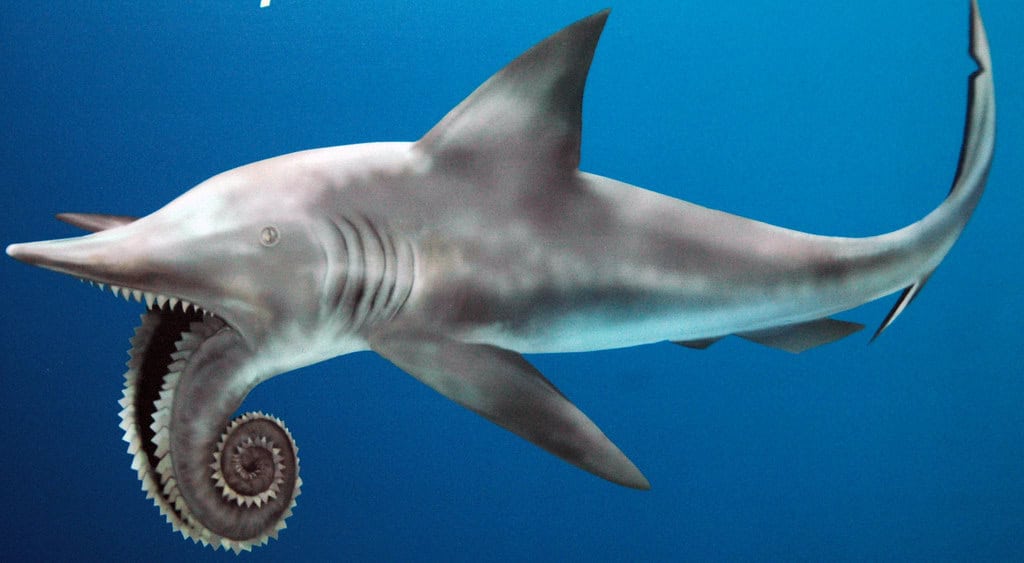
The discovery of *Helicoprion* largely surrounds the mystery of its unique dental fossils. Unlike the Megalodon, *Helicoprion* remains were mostly identified through fossilized spirals of teeth. This peculiar dental pattern, resembling a buzzsaw, sparked interest and confusion among paleontologists for decades, as they attempted to unravel how these teeth were organized within the shark’s mouth.
The Strange Dentition of a Prehistoric Predator
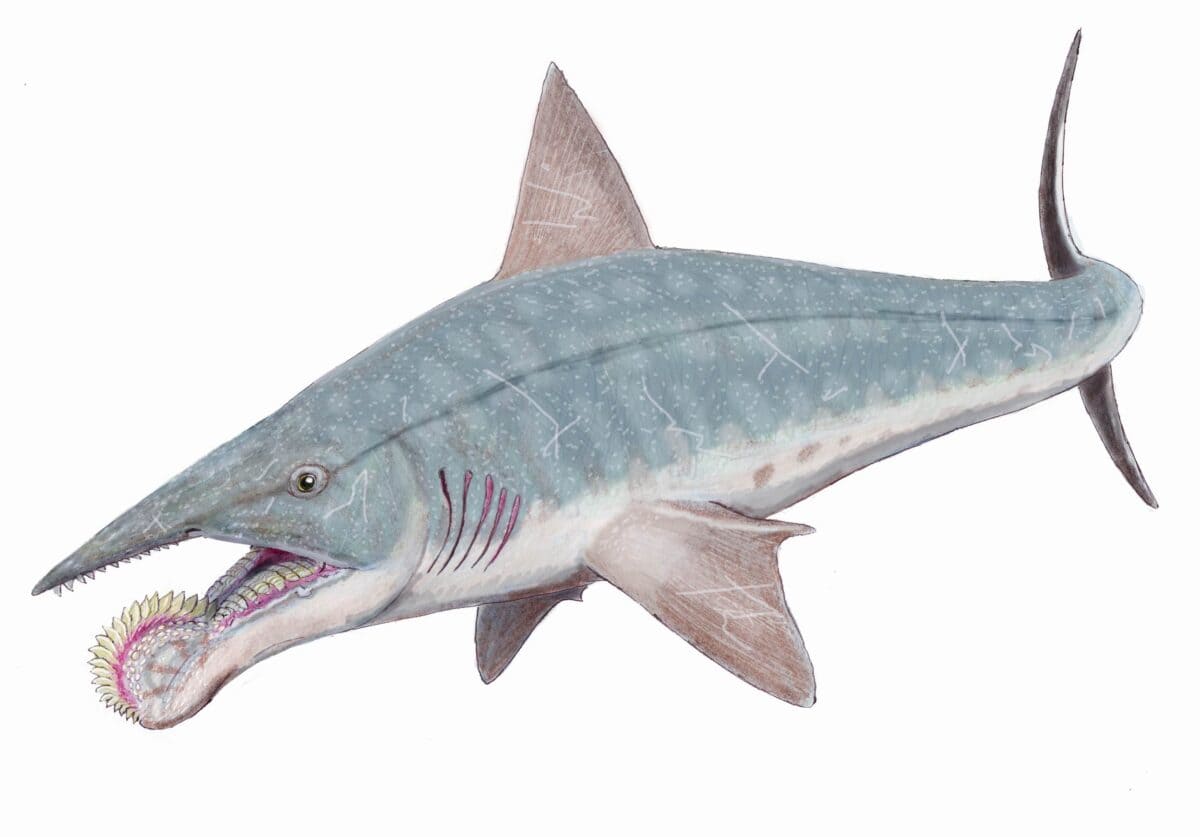
*Helicoprion* is most famous for its spiral jaw, commonly referred to as a “tooth whorl.” This feature consisted of rows of serrated teeth arranged in a spiral, creating a formidable feeding mechanism. Unlike the robust jaws of the Megalodon, the unique structure of the *Helicoprion*’s teeth suggested an entirely different evolutionary path for capturing prey, likely specializing in softer-bodied marine creatures.
An Ancient Survivalist: Era and Habitat
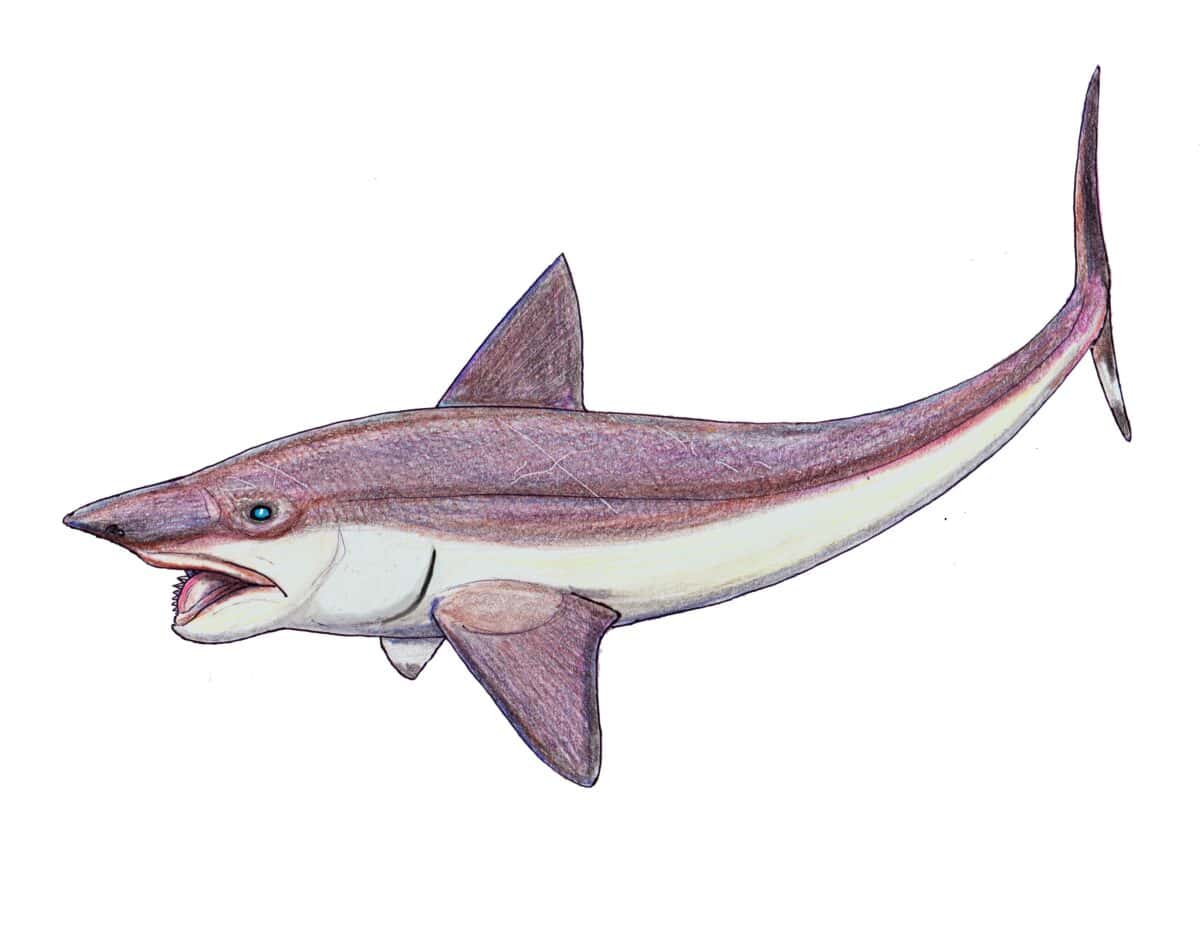
*Helicoprion* thrived during the late Carboniferous to the early Triassic periods, approximately 310 to 250 million years ago. This period predates the Megalodon by millions of years, situating *Helicoprion* in a vastly different prehistoric ocean teeming with ammonites and early fish, providing a distinctive ecosystem that influenced its evolution and survival strategies.
The Enigma of Its Extinct Lineage
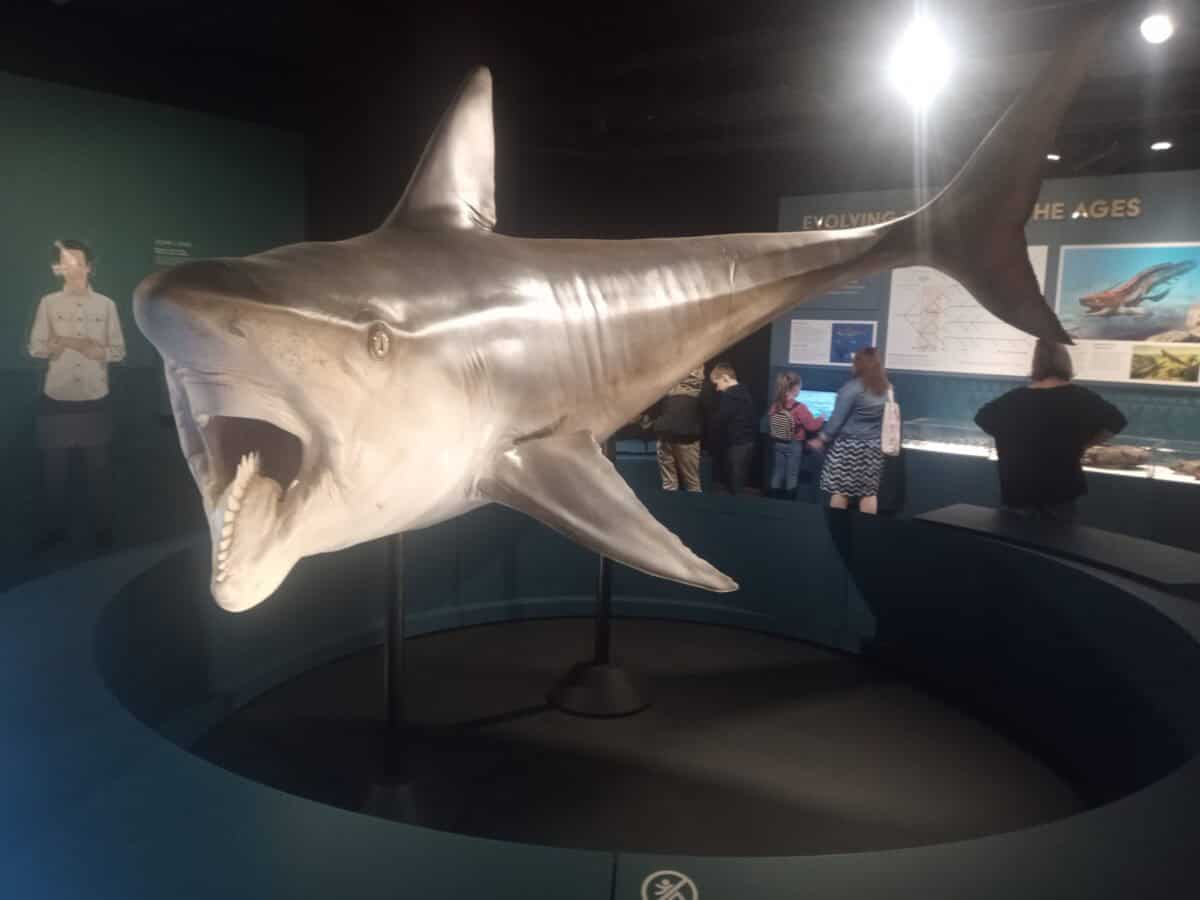
Unlike the Megalodon, which belongs to the Otodontidae lineage, *Helicoprion* is related to the order Eugeneodontida—a group of bizarre, chimaera-like cartilaginous fish. Its placement within this lineage helps clarify some aspects of its anatomy and provides insight into its evolutionary adaptation to predatory roles.
Size Comparisons: Separating Myths from Reality
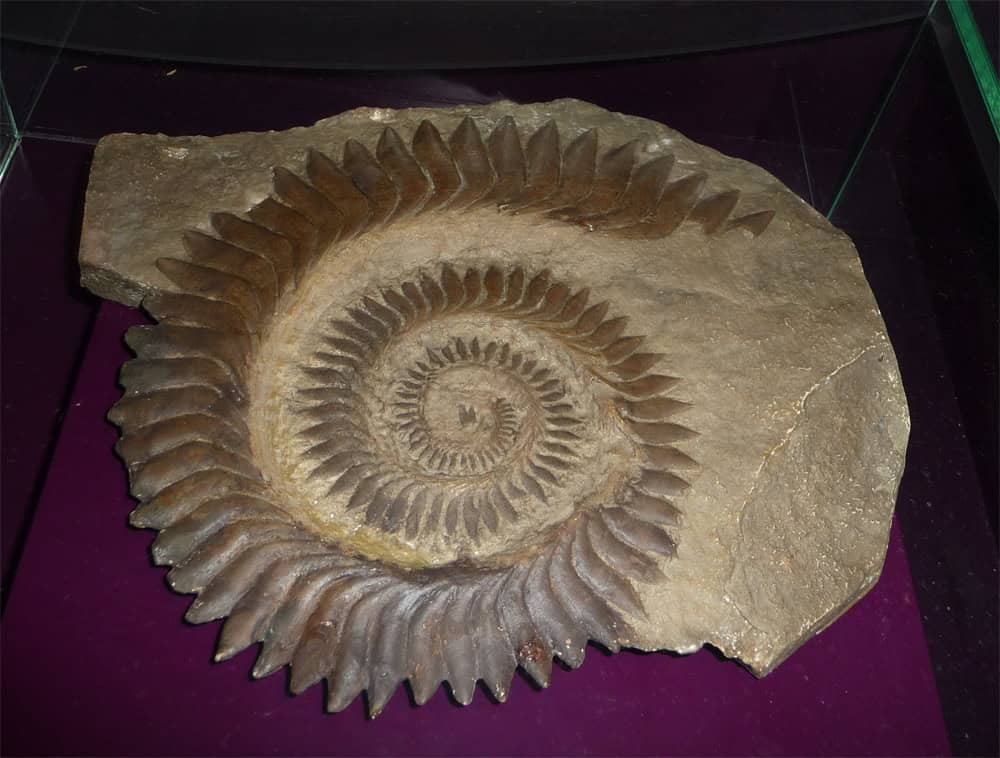
While the Megalodon’s gargantuan size captures the public’s imagination, reaching lengths of up to 60 feet, *Helicoprion* wasn’t as large. Estimates place it at around 20-25 feet in length. However, it compensated for its smaller size with its innovative tooth whorl, acting as a biological buzzsaw to snare prey efficiently.
The Engineering Behind the Tooth Whorl
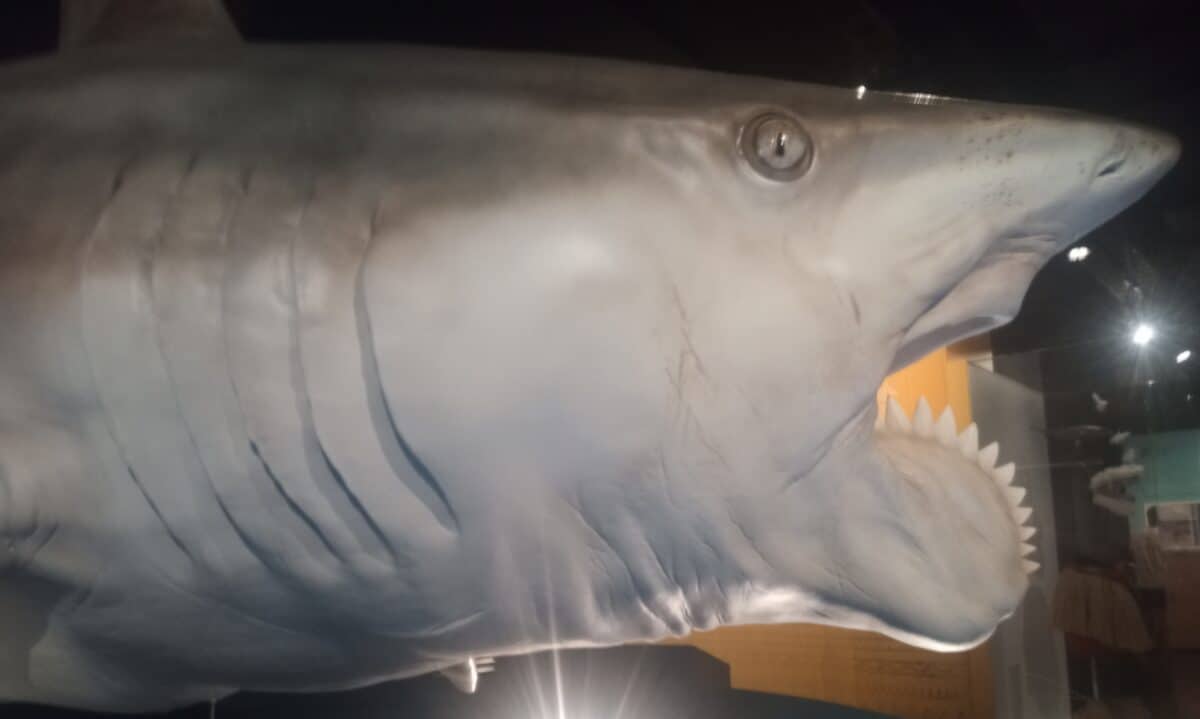
Paleontologists propose that the *Helicoprion*’s tooth whorl was housed within the lower jaw, and as the shark consumed its prey, the teeth continued to grow and spiral forward, ensuring a constant renewal of sharp, effective cutting tools. The unique tooth arrangement might have allowed it to tackle and dismantle prey with remarkable efficiency.
Feeding Strategies of a Unique Predator
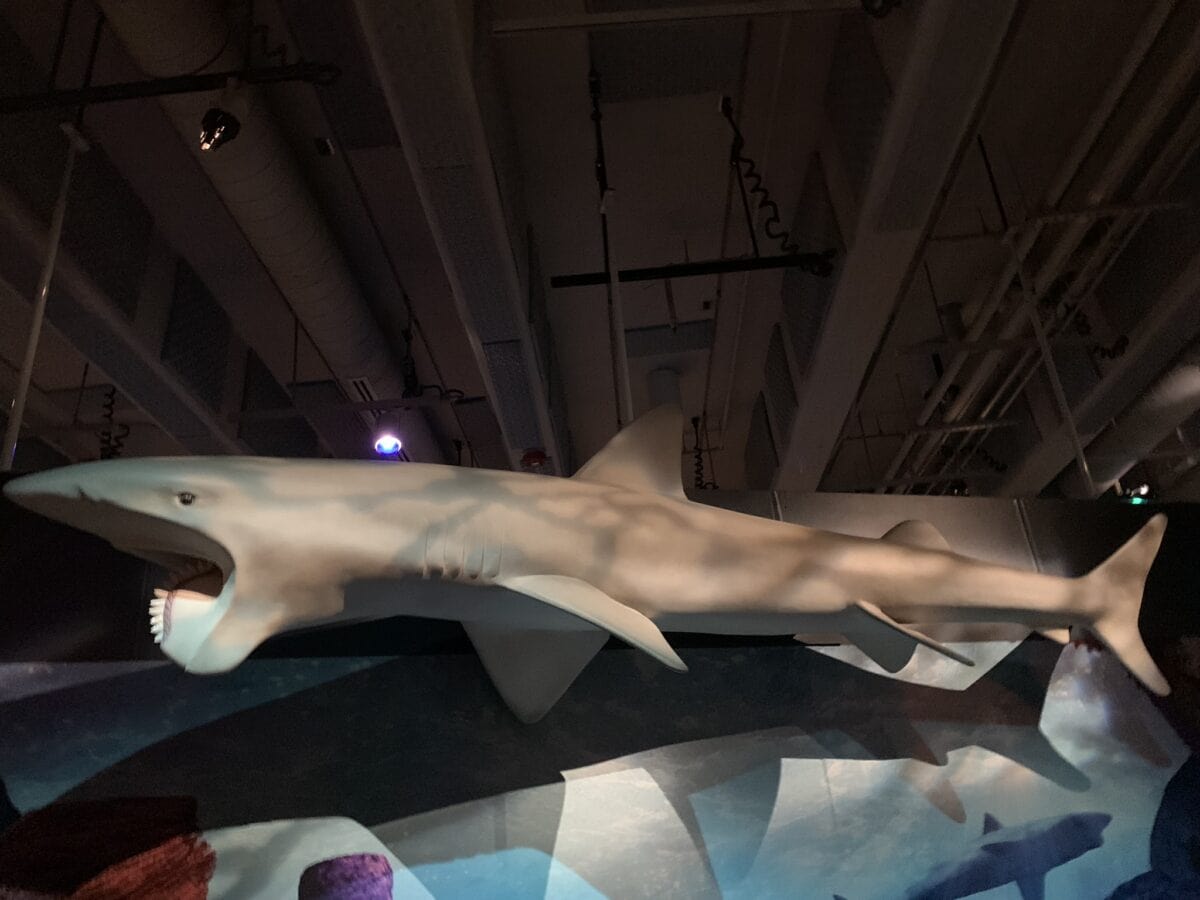
With jaws that could slice through the flesh with precision, *Helicoprion* likely fed on squid-like cephalopods and other soft-bodied sea life. The slicing action of its spiraled teeth would have been detrimental to any unsuspecting prey, catering to its niche within the marine food web.
Decoding Its Place in the Ecosystem
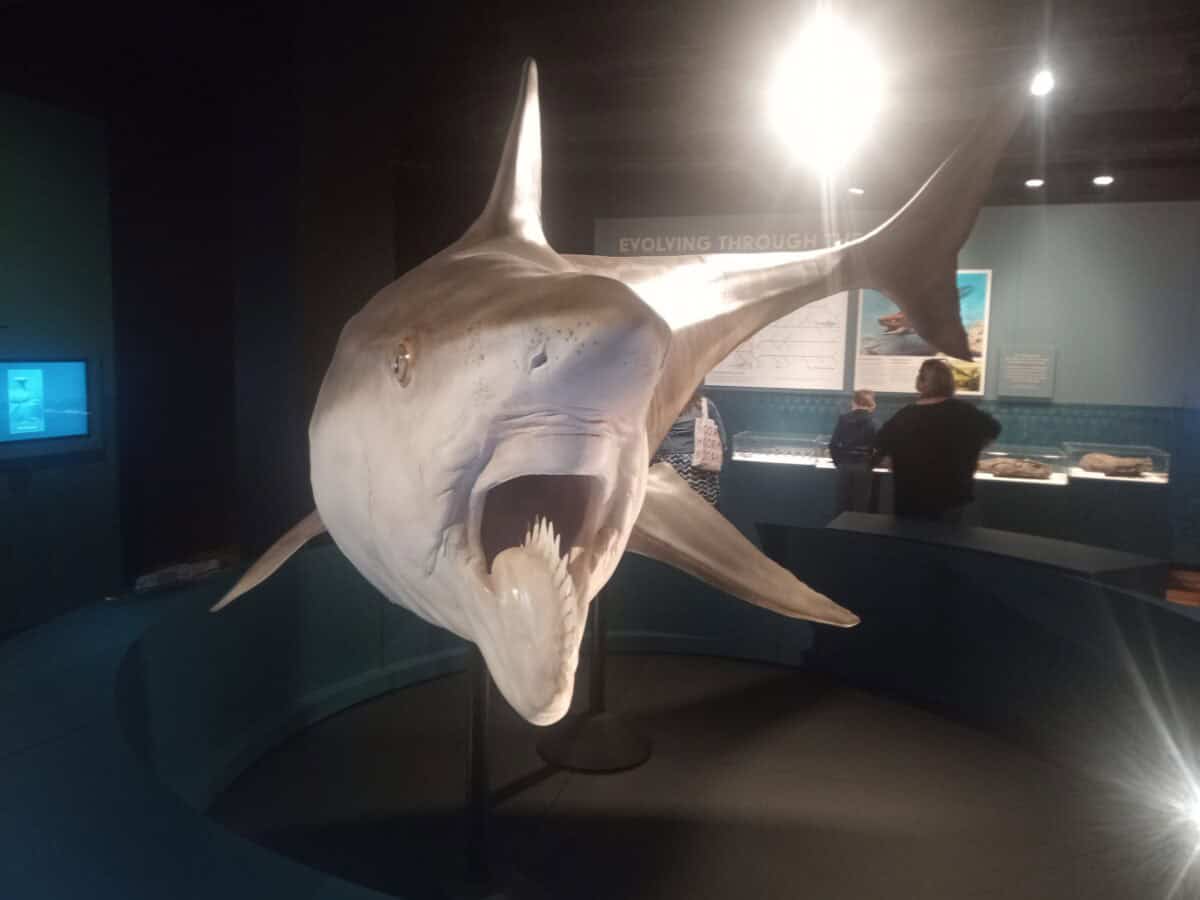
*Helicoprion* occupied a specialized ecological niche, exploiting certain prey types that other predators might have ignored. This specialization helped it survive across different geologic timelines, as its unique morphology allowed it to thrive in various environmental conditions and pivot its predatory tactics as needed.
Challenges in Fossil Preservation

One notable challenge with studying *Helicoprion* is the scarcity of well-preserved skeletal fossils. Sharks and their relatives have cartilaginous skeletons that rarely fossilize completely, leaving paleontologists to often rely on teeth or jaw fragments, which makes hypothesizing about their full anatomy a constant scientific puzzle.
Scientific Discoveries and Technological Aids

Recent advancements in technology, such as CT scanning, have significantly enhanced our understanding of *Helicoprion*. Scientists can now create detailed visual reconstructions of its jaw structure, offering new perspectives on its lifestyle and ecological interactions, and solving long-standing mysteries about its appearance and function.
Public Fascination and Cultural References
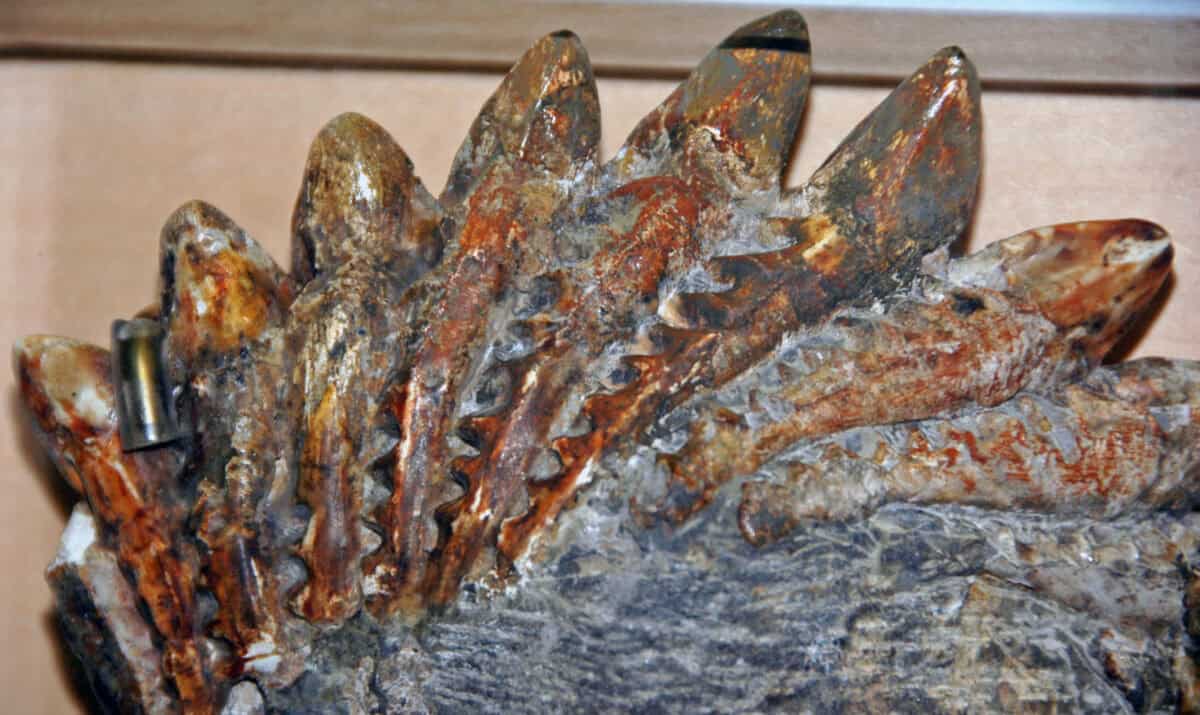
Although not as famous as the Megalodon, *Helicoprion* has captured the curiosity of the public and remains a popular topic among paleontology enthusiasts. Its distinctive whorl and mysterious nature have made it a subject in films, documentaries, and museum exhibits, where it continues to intrigue audiences with its alien-like appearance.
The Enduring Legacy of Helicoprion
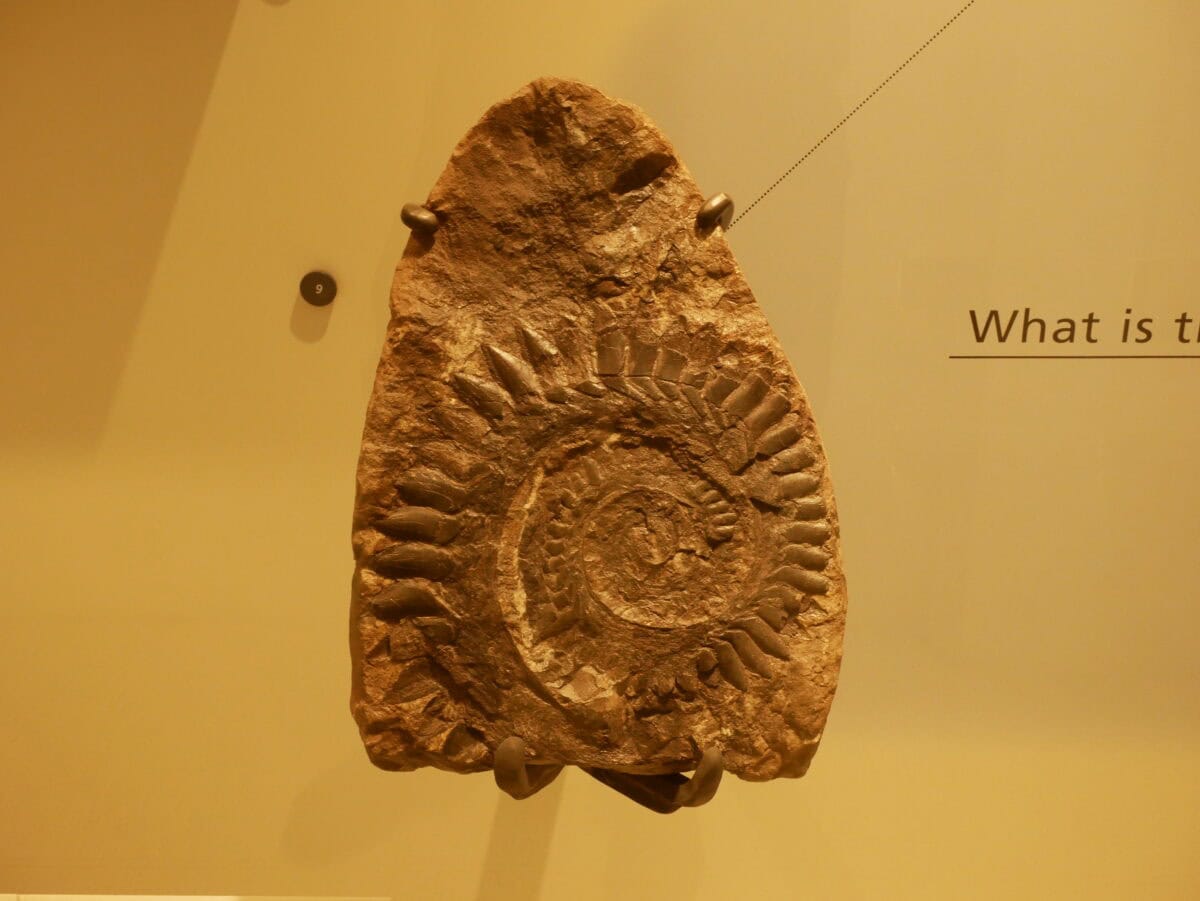
Despite being less renowned than the colossal Megalodon, *Helicoprion* sheds light on the diverse evolutionary paths sharks have traversed throughout millennia. Its identity as the “shark with the buzzsaw jaw” highlights the array of adaptations nature has crafted. The peculiar yet fascinating predator remains a testament to the endless possibilities of evolution and adaptation in prehistoric oceans.
In summary, while Megalodon rightly garners much of the attention when it comes to gigantic prehistoric predators, *Helicoprion* justly claims its own fame as an extraordinary marvel of ancient marine life. Through the examination of its unique dental structure and ecological role, we gain a deeper appreciation for the complexity and wonder of prehistoric marine environments and the rich tapestry of life that once swam in Earth’s ancient oceans.
- The Only Mammal That Can Breathe Through Its Skin - August 19, 2025
- How to Win Over Judges in Dressage Competitions - August 19, 2025
- Is There Hope for the Critically Endangered Amur Leopard? - August 19, 2025
